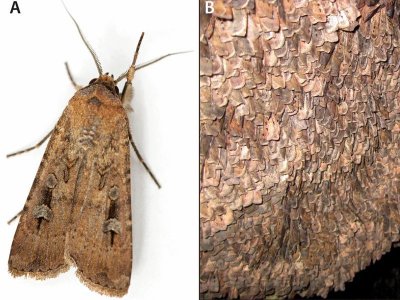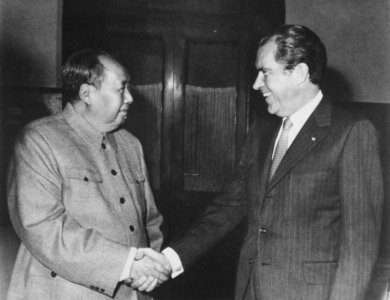RnR
Member
- Location
- Gold Coast, Queensland
19 February 1600 – The Peruvian stratovolcano Huaynaputina explodes in the most violent eruption in the recorded history of South America.
Huaynaputina, meaning “Young Volcano”, is a stratovolcano in a volcanic upland in southern Peru and is part of the Central Volcanic Zone, the segment of the Andes running through Peru and Chile. At 5.00 pm on 19 February 1600, Huaynaputina erupted violently, sending volcanic ash into the atmosphere. The eruption continued with a series of events into March.
The atmospheric spike of acid as a result of the eruption was higher than that of Krakatoa. Regional agricultural economies took 150 years to recover fully.

The eruption had significant effects on Earth’s climate, decreasing temperatures in the Northern Hemisphere, causing floods, famines and cold waves in numerous places, and depositing several million tons of acid. The climate disruption caused social upheaval in many countries such as Russia and may have played a role in the onset of the Little Ice Age.
Huaynaputina, meaning “Young Volcano”, is a stratovolcano in a volcanic upland in southern Peru and is part of the Central Volcanic Zone, the segment of the Andes running through Peru and Chile. At 5.00 pm on 19 February 1600, Huaynaputina erupted violently, sending volcanic ash into the atmosphere. The eruption continued with a series of events into March.
The atmospheric spike of acid as a result of the eruption was higher than that of Krakatoa. Regional agricultural economies took 150 years to recover fully.

The eruption had significant effects on Earth’s climate, decreasing temperatures in the Northern Hemisphere, causing floods, famines and cold waves in numerous places, and depositing several million tons of acid. The climate disruption caused social upheaval in many countries such as Russia and may have played a role in the onset of the Little Ice Age.





















